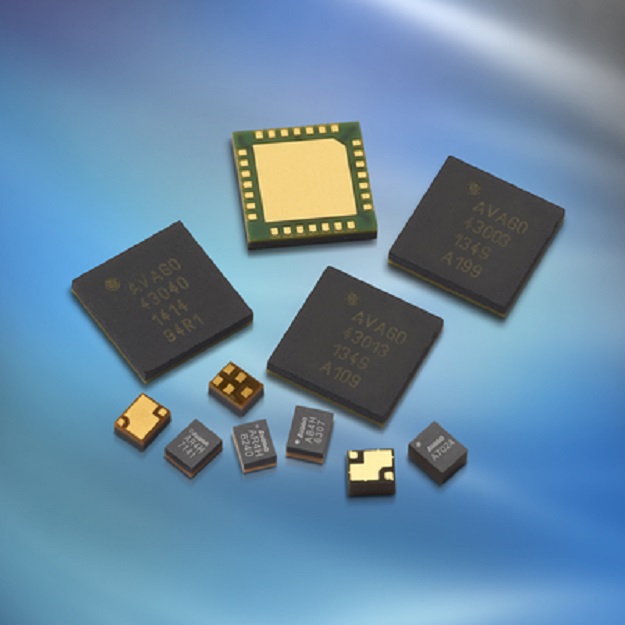
Power Amplifiers (PAs) drive any system and maximize its performance, especially with wireless technology. Small-cell base transceiver station (BTS) infrastructure power systems are useful to various mobile applications due to our demand for high-performance products in the user-friendly “age of wireless.” BTS systems work with PAs to generate proficient technology for products with excellent power efficiency, receiver sensitivity, frequency band coverage, hardware design, and layout flexibility, all in a compact size. Wireless technology including low-noise amplifiers (LNAs), film bulk acoustic resonator (FBAR) filters and duplexers, and GPS/Global Navigation Satellite Systems (GNSS) LNA filter modules that run with BTS and small cell functions, and enhance the development of advanced mobile innovations.
Avago Technologies makes products that help smooth the workings of all those devices. The company produces high-tech products that adhere to four target markets: wireless communications, enterprise storage, wired infrastructure, and industrial applications. To enhance its progressive tech prowess in the world of innovation, the company has invented some useful products to help developers complete their ventures. Recently, Avago announced four additions to its line of RF power amplifiers that work for small-cell base transceiver station (BTS) applications. Avago’s Long-Term Evolution (LTE)/Wi-Fi coexistence FBAR filters used in mobile devices and wireless-based technology run smoothly when included in projects.
Avago’s solutions come into play, for instance, when users access their mobile data’s bandwidth through Wi-Fi connectivity, enabling mobile carriers to boost network coverage and volume. When LTE radios are added to the small-cell system, many setbacks may arise that affect the 2.4-GHz Wi-Fi operation. This is because there are few guard bands between LTE Band 40 and Wi-Fi and between the Wi-Fi and LTE Band 41 or Band 7 transmissions. Wi-Fi signals could get blocked by neighboring LTE signals if filtering does not occur. When using Avago’s cutting-edge products, these potential issues can be entirely avoided.

Avago’s senior vice president and general manager, Ron Ruebusch, explains, “Avago is a leading provider of RF front end solutions for small-cell applications with the industry’s most comprehensive product offering of LTE PAs and LTE/Wi-Fi coexistence filters.” He asserts that these products will succeed in the market, for Avago’s “introduction of the four new MGA-43xxx PAs and full showcase of LTE/Wi-Fi coexistence filters at IMS 2014 further demonstrate Avago’s commitment to addressing the growing small-cell market segment.”
Mobile Experts is a company whose expertise falls into market intelligence and mobile communications solution categories. Joel Madden, principal analyst at Mobile Experts, explained the dire need for mobile and wireless technology because of the “mobile data demands overwhelming the mobile network.” With this tech, Madden described how “small cells are becoming an important part of building capacity for LTE,” an advanced equipment that keeps mobile technology on the rise and moving forward. Madden went on to describe how wireless technology has drastically evolved; “The early days of femtocells are now changing to multi-band, multi-mode small cells where 3G, LTE, and Wi-Fi must operate simultaneously without interference. The industry needs high-performance RF filters and power amplifiers to make these multi-mode radio nodes successful.”
Avago’s LTE bands, such as the MGA-43003, MGA-43013, MGA-43024, and MGA-43040, retail at $9.24 each per 1,000. You can order samples through Avago’s website and distribution partners. For other Avago MGA-43xxx PA and LET/Wi-Fi coexistence filter devices, check the website for more data and information.
Story via Avago Technologies
Advertisement
Learn more about Avago Technologies





